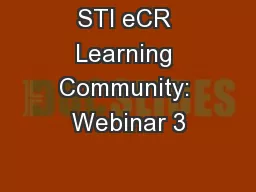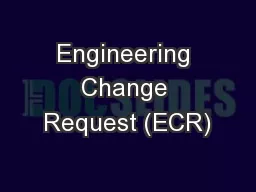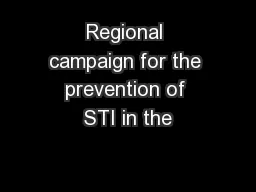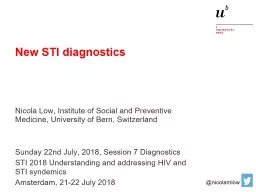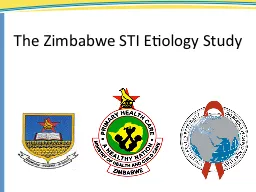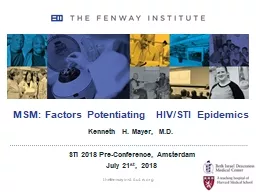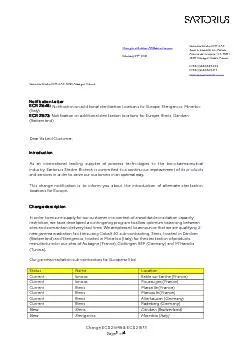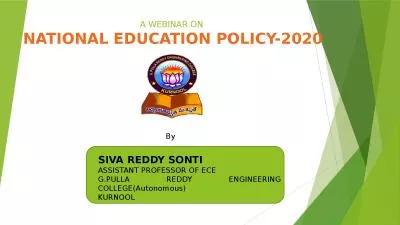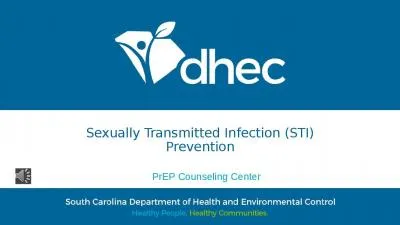PPT-STI eCR Learning Community: Webinar 3
Author : natalia-silvester | Published Date : 2018-11-04
September 28 2017 1100 1200 pm EDT STI eCR Learning Community Webinar 3 Please use the link below to register for the webinar httpsattendeegotowebinarcomregister8982498011696551425
Presentation Embed Code
Download Presentation
Download Presentation The PPT/PDF document "STI eCR Learning Community: Webinar 3" is the property of its rightful owner. Permission is granted to download and print the materials on this website for personal, non-commercial use only, and to display it on your personal computer provided you do not modify the materials and that you retain all copyright notices contained in the materials. By downloading content from our website, you accept the terms of this agreement.
STI eCR Learning Community: Webinar 3: Transcript
Download Rules Of Document
"STI eCR Learning Community: Webinar 3"The content belongs to its owner. You may download and print it for personal use, without modification, and keep all copyright notices. By downloading, you agree to these terms.
Related Documents

